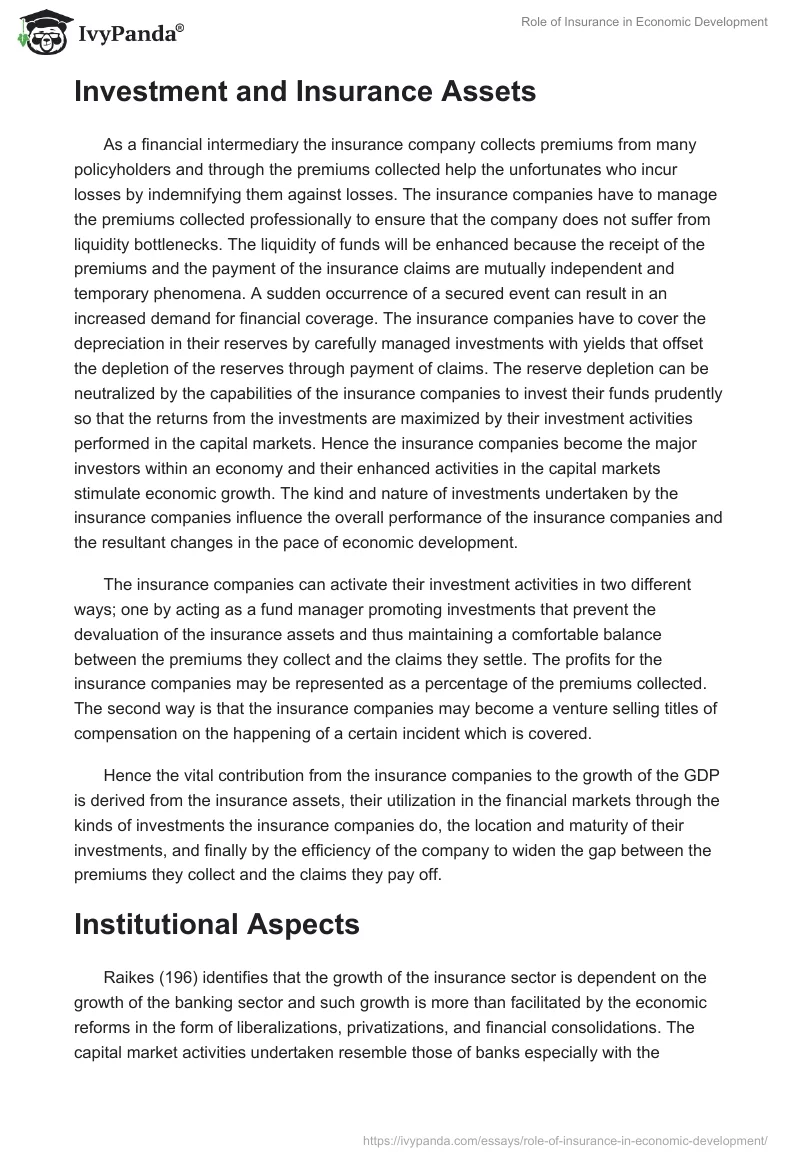Not known Details About Pacific Prime
Not known Details About Pacific Prime
Blog Article
The Single Strategy To Use For Pacific Prime
Table of ContentsSome Ideas on Pacific Prime You Should KnowThe 30-Second Trick For Pacific PrimeSome Known Questions About Pacific Prime.Our Pacific Prime StatementsSome Ideas on Pacific Prime You Should Know

This is since the data were gathered for a duration of solid financial efficiency. Of the approximated 42 million people who were without insurance, all but regarding 420,000 (regarding 1 percent) were under 65 years old, the age at which most Americans end up being eligible for Medicare; 32 million were adults in between ages 18 and 65, around 19 percent of all adults in this age; and 10 million were youngsters under 18 years old, regarding 13.9 percent of all children (Mills, 2000).
These price quotes of the variety of persons without insurance are generated from the yearly March Supplement to the Existing Population Survey (CPS), conducted by the Demographics Bureau. Unless or else kept in mind, national quotes of people without medical insurance and percentages of the population with various type of coverage are based upon the CPS, the most commonly made use of source of estimates of insurance coverage and uninsurance rates.
The Buzz on Pacific Prime

Still, the CPS is especially valuable since it produces yearly estimates relatively promptly, reporting the previous year's insurance policy protection approximates each September, and since it is the basis for a constant collection of estimates for even more than twenty years, enabling for evaluation of fads in protection in time. For these reasons, as well as the comprehensive use the CPS in various other research studies of insurance policy coverage that are provided in this report, we depend on CPS quotes, with limitations kept in mind.

The price quote of the number of without insurance people increases when a population's insurance standing is tracked for several years. Over a three-year duration beginning early in 1993, 72 million people, 29 percent of the U.S. https://pacificpr1me.bandcamp.com/album/pacific-prime. population, were without insurance coverage for a minimum of one month. Within a single year (1994 ), 53 million individuals experienced at least a month without coverage (Bennefield, 1998a)
6 out of every ten without insurance adults are themselves used. Working does boost the probability that one and one's family participants will certainly have insurance coverage, it is not a guarantee. Also members of households with two full time breadwinner have practically a one-in-ten opportunity of being uninsured (9.1 percent uninsured price) (Hoffman and Pohl, 2000).
Pacific Prime Things To Know Before You Buy
New immigrants account for a considerable percentage of individuals without medical insurance. One evaluation has actually attributed a substantial part of the recent development in the dimension of the united state without insurance population to immigrants that got here in the country between 1994 and 1998 (Camarota and Edwards, 2000). Current immigrants (those that involved the United States within the previous 4 years) do have a high price of being without insurance (46 percent), but they and their youngsters make up simply 6 percent of those without insurance coverage country wide (Holahan et al., 2001).
The relationship between medical insurance and accessibility to care is well established, as recorded later on in this chapter. The connection between wellness insurance policy and health and wellness results is neither direct neither basic, a substantial scientific and health services study literature links wellness insurance policy protection to enhanced access to care, far better high quality, and improved individual and population wellness condition.
Degrees of evaluation for examining the impacts of uninsurance. It focuses specifically on those without any type of health and wellness insurance for any type of size of time.
Pacific Prime for Dummies
The issues dealt with by the underinsured remain in some areas similar to those dealt with by the uninsured, although they are generally much less extreme. global health insurance. Uninsurance and underinsurance, however, involve definitely different policy concerns, and the techniques for resolving them might vary. Throughout this research study and the five reports to follow, the major emphasis gets on persons with no medical insurance and thus no aid in spending for health care beyond what is available via charity and safeguard establishments
Medical insurance is an effective aspect influencing receipt of care due to the fact that both patients and physicians reply to the out-of-pocket price of services - https://www.quora.com/profile/Freddy-Smith-136. Health insurance, nonetheless, is neither needed nor sufficient to get to clinical solutions. Nevertheless, the independent and straight result of health insurance coverage on accessibility to health and wellness solutions is well established.
Others will certainly get the wellness treatment they require also without health and wellness insurance coverage, by spending for it expense or seeking it from suppliers who supply treatment complimentary or at extremely subsidized prices. For still others, wellness insurance coverage alone does not guarantee receipt of care due to various other nonfinancial barriers, such as an absence of health treatment suppliers in their neighborhood, limited accessibility to transportation, illiteracy, or etymological and social distinctions.
The 6-Minute Rule for Pacific Prime
Official research study regarding without insurance populaces in the USA dates to the late 1920s and early 1930s when the Board on the Cost of Medical Treatment created a collection of records regarding funding doctor office sees and hospital visit their website stays. This concern came to be salient as the numbers of medically indigent climbed up throughout the Great Anxiety.
Report this page